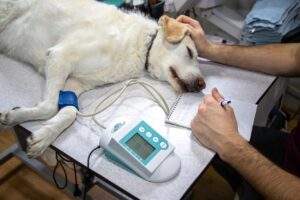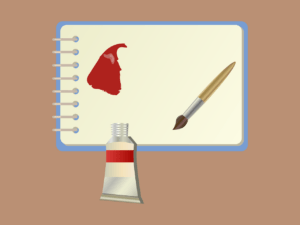3D PRINTED SOCKETS FOR BIONIC PROSTHESIS
For over a century, the process of creating a prosthetic socket has consisted of manual methods of fabrication including casting and plaster mold rectification, followed by different molding techniques and adjustments to achieve the appropriate fit. Although these methods have proven to be effective and successful, they are time-consuming, depend completely on the skills of the practitioner and are prone to human error, often leading to rejection and non-compliance.
It is estimated that over 50 million people globally require prosthesis. With rapid advancements in the digital and technical world, the process of manufacturing is being streamlined, to save time, be cost-effective and be as accurate as possible with maximum accessibility. Such processes include but are not limited to: using ICT (Information and Communication Technology) tools like computer aided designing and manufacturing processes (CAD-CAM), rapid manufacturing and prototyping, additive manufacturing or 3D Printing (3DP).
3D printing allows the creation of light-weight, innovative prosthetic components along with customized and affordable prosthetic sockets. This is carried out by adding the material layer by layer to form a three dimensional model from a scanned rectified image of the limb. The socket can be fabricated through different methods that include; 3D scanning a cast of the patient’s residual limb, photogrammetric techniques where 2D visual data is transformed to 3D models as well as using different kinds of scanners with markers for capturing the exact anatomical shape and size of the residual limb. Many of the designs for prosthetic components are also available online (open-source) and can be downloaded, modified and improved as per the requirements of the amputees, allowing for the fabrication of customized components.
After successfully capturing the specifics of the residual limb, the required modifications and rectifications are done using different software like MeshMixer, Autodesk Fusion 36, SolidWorks, and Socket Modeling Assistant (SMA) resulting in the final image of the socket (.stl format) that is ready to be printed.
For the fabrication of upper limb sockets, the commonly employed 3D printing techniques are stereo-lithography (SLA), selective laser sintering (SLS) and fused deposition modeling (FDM) methods, using a wide range of flexible materials, available in the form of filaments, specifically intended for 3D printing – Flexy Fit, Thermoplastic Poly Urethane (TPU) materials such as Ninjaflex and FilaFlex. Sockets are also fabricated from rigid materials such as poly lactic acid (PLA) but the sockets fabricated from flexible materials will distribute forces easily over a larger area of the residual limb, increasing amputee comfort and compliance, allowing the amputee to carry out various ADLs.
3D printing results in an upper limb socket that has perfect fit and can be used with body powered prosthetic arms as well as bionic arms. When the socket is being printed for bionic arms, a module for the electrode is imported into the .STL file during the 3D modeling process to allow for placement of the electrodes to control the prosthetic components.
Digitization of the manufacturing process for the fabrication of upper extremity sockets through 3D printing can benefit the patient and the practitioners in a variety of ways, such as –
- Global accessibility – 3D scanning provides the opportunity to share digital data globally via the internet on open source platforms, giving access to readily available designs and models for printing, for example – E-NABLE is a very large community of designers and developers that share their designs and ideas that can be modified and printed as per the needs of the individual.
- Affordability – Cost-effective method that also reduces dependency on manual labor.
- Easy designing and customization – 3D printing allows easy customization of the prosthetic socket, allowing proper shape capture and leading to accurate fit for the upper limb amputees. 3D printing has also allowed collaboration between designers and developers, often giving amputees the freedom to design and print their own prosthetic arms.
- Data driven technology – 3D printing great reduces the process of trial and error during socket fitment as it is based on a data driven technology whereby information from sensors and other designs are also used in the devices.
- Time saving – It eliminates the time needed to assemble different components and also saves time taken to produce the different components and sockets.
However, there is a need to carry out more intensive research and documentation of the capabilities and limitations of 3D printing, especially when being used for upper limb prosthetics. Appropriate scanning techniques and printers meant especially for printing varied designs of sockets are needed to produce more clinically effective solutions for amputees.







